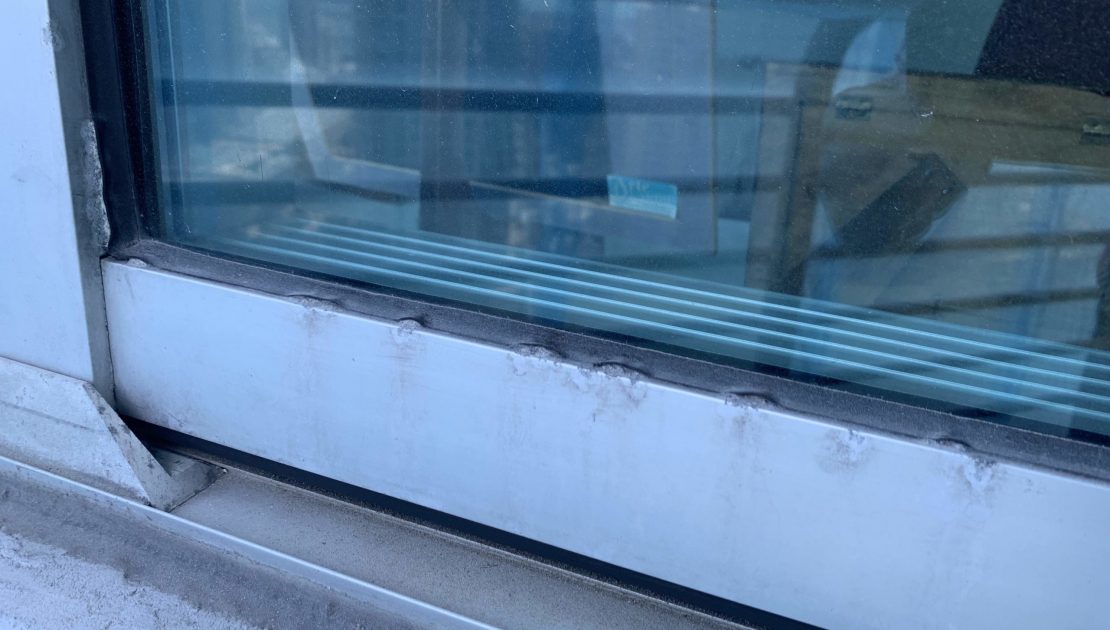Throughout the years, the glazing industry has been evolving at an accelerated pace. Basic design of glazing products such as windows and doors has developed hugely due to the needs of the industry. Higher load capacity, higher water and air resistance requirements are some of the factors that have come into play together with feasibility and cost. In geographical areas that are exposed to extreme weather such as South Florida, designers have tried to maintain a balance between performance, aesthetics and cost, making this task a bit challenging.
In today’s market, you can find a large variety of products that have adopted different assembly methods in an attempt to maintain the above mentioned “balance”. Products can be wet-glazed or dry-glazed. The main difference between one another is the way glass is secured to its frame. Wet-glazed products are the ones in which the glass is secured to the frame with the use of a structural sealant. These joints are hermetically sealed with a very strong adhesion that can hold the glass in place during hurricane storm winds. On the other hand, the dry-glazed method implements pressure bars and/or gaskets to hold the glass in place during high force winds.

It has been noted though, that the dry-glazed method is not so friendly with weather elements such as salty and moist air. After installation, and as a result of improper maintenance procedures, it has been noted that salt build up will appear at joints and crevasses of different dry-glazed products. If nothing is done, the salt build-up can become so severe that it will start compromising the performance of the framing members, weakening the system, as the material will basically corrode.
As a solution to this issue, the upmost recommendation is to follow manufacturers maintenance procedures. Most of these will suggest washing your products regularly with a damp cloth and mild soap to remove salt residue and clean tight joints. If the problem has evolved long enough, then more aggressive measures need to be adopted.
In some cases, it is recommended to remove the glazing gaskets partially to access the compromised surfaces. Once exposed, the areas need to be properly treated. Sanding, priming and application of metal filler material such as “bondo” may be required. Once corrected, then field applied electrostatic paint is applied to rejuvenate the surface and restore its original appearance. Finally, a bead of structural sealant is applied at the glass to metal joints to hermetically seal this condition and prevent this anomaly from occurring again. It is highly recommended that these procedures be performed by experienced and licensed contractors so that the end results is the best expected and to ensure the continuity of the performance of your glazing products through many years to come.

